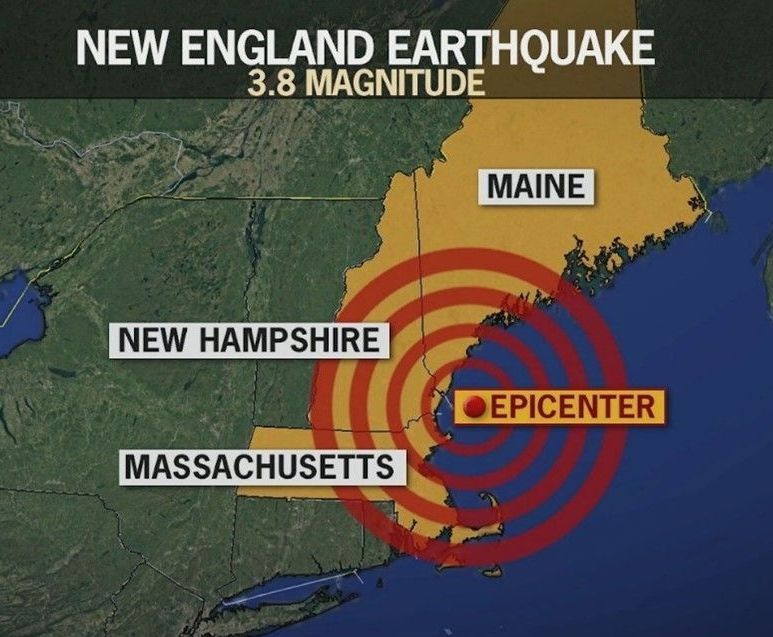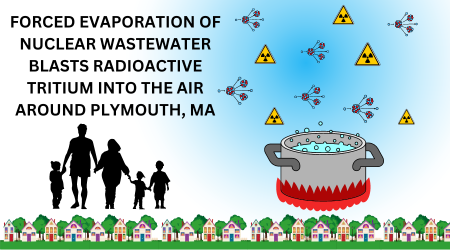Nuclear power and our climate challenge
- By Natalie Hildt Treat, Chris Nord and Lisa Clark
- •
- 17 Nov, 2018
While UCS emphasizes role of nuclear, C-10 calls out safety concerns

The Globe editorial omitted the fact that Seabrook Station—the nuclear plant that has operated in coastal New Hampshire since 1991—faces a serious concrete problem known as alkali-silica reaction, one that contributed to the shuttering of reactors in Canada and Belgium. It is the first U.S. reactor with this progressive, irreversible condition.
Interestingly, after the report was released, UCS Research Director Steve Clemmer walked back support for continued operation of Seabrook, saying that if plant did run into financial trouble, his group "would not support subsidies for it unless the concrete degradation problems were addressed."
It’s the role of groups like UCS and C-10 to ensure that government acts in the public interest—through strong safety regulations and future-looking policies—and to shine a light on the troubling issues that industry would rather keep hidden; including the life-cycle environmental costs of nuclear power.
According to some estimates, at least six times as much C02 will be released per kilowatt of electricity generated at nuclear plants than at electricity from wind facilities—and twice as much as power from photovoltaic facilities. Analysis by Dr. Benjamin Sovocool, Director of Energy Policy at the University of Sussex, England found that for every $100 spent on new nuclear construction instead of renewable technologies, a ton of extra carbon will be emitted to the atmosphere.
While nuclear promoters like to tout the lack of carbon emissions during generation, there are several steps in the nuclear fuel cycle that are frequently not considered: mining, milling, conversion of fuel, enriching the uranium, producing, transporting, storing and disposing of fuel are conveniently overlooked to make the argument that nuclear energy is clean energy, with “zero-carbon emissions.”
When it comes to the risks of nuclear power versus renewable resources, there is no contest. “If it were even close to being so safe, the U.S. would not be spending billions of dollars looking for, but not yet finding, a geological repository that can isolate this hazardous material from people and the environment for at least 10,000 years into the future,” said David Lochbaum, former Director of Nuclear Safety at the Union of Concerned Scientists.
The absence of federal leadership to address our climate and energy challenges is deeply troubling. The Trump Administration has abdicated this responsibility, stymied efforts to transition to a clean energy economy based on efficiency, storage, and renewables, and is seeking to roll back regulatory oversight meant to protect us from harm. In this vacuum, states and NGOs must step up.
C-10 believes that a well-considered set of policies must place a premium on safety—in the present, and for future generations who will inherit a fraught legacy based on fossil fuels and nuclear power. Governments should also help reactor communities develop transition plans to assist workers and local economies once plants are decommissioned. Eventually, that will be the fate of most reactors, government intervention, or not.
© C-10 Research and Education Foundation 2025 C-10 is a registered 501(c)(3) nonprofit. Tax ID/EIN #22-3117209.



